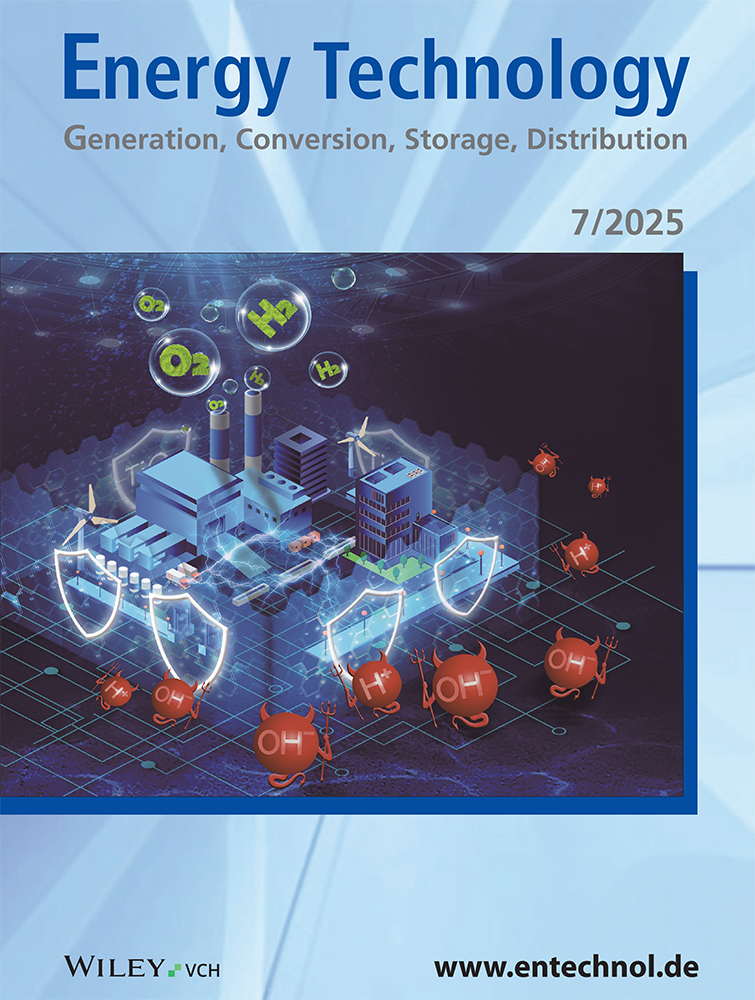Influence of Different Melting Points of Phase Change Material on Photovoltaic Phase Change Materials System Performance: An Energy, Exergy, and Environmental Point of View
Abstract
The photovoltaic (PV) module extracts and converts solar irradiation energy into electrical power in a sustainable and renewable manner. The substantial upswing in the temperature of the PV panel occurs while conversion predominantly impacts its performance and reduces efficiency. To resolve this issue, three different organic phase-change materials (PCMs), OM29, OM35, and OM42, are proposed for cooling the PV panel as a thermal energy storage medium. The energy and exergy performance of PV panels with and without PCM are compared through experimental investigation to study the influence of different melting points of PCM with reference PV system (PVr). It is identified that the average PV panel temperature can be significantly reduced by incorporating PCM materials (OM29, OM35, and OM4), which are 12.7%, 21.53%, and 17.71% lower than the PVr system. The average electrical efficiencies of PV-PCM–OM29, PV-PCM–OM35, and PV-PCM–OM42 are 10.96%, 10.77%, and 11.66%, which are 4.07%, 6.38%, and 4.91% higher than PVr system. Similarly, the average exergy efficiency is 4.62%, 5.06%, and 5.57% higher. The incorporation of PCM (OM29, OM35, and OM4) as a cooling mechanism effectively mitigates the CO2 3.70, 5.67, and 4.46 tons of CO2 throughout its lifetime and contributes to the sustainable development goal 7.
Conflict of Interest
The authors declare no conflict of interest.
Open Research
Data Availability Statement
The data that support the findings of this study are available on request from the corresponding author. The data are not publicly available due to privacy or ethical restrictions.




